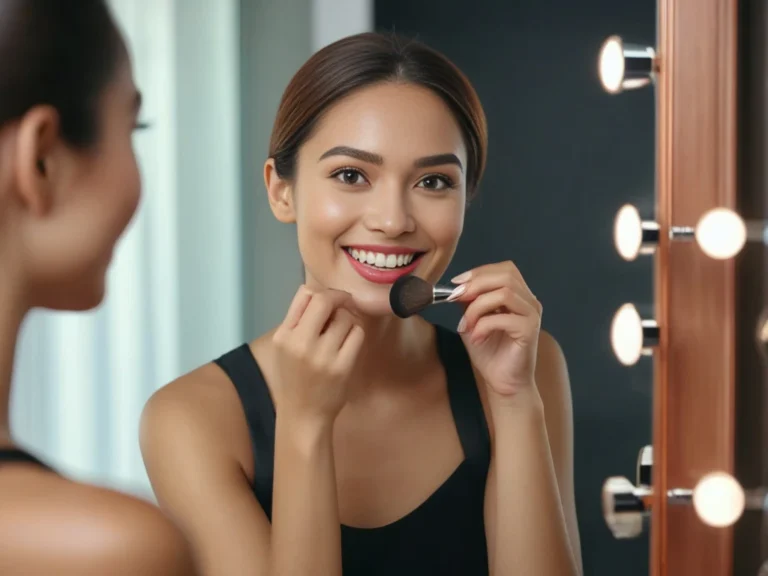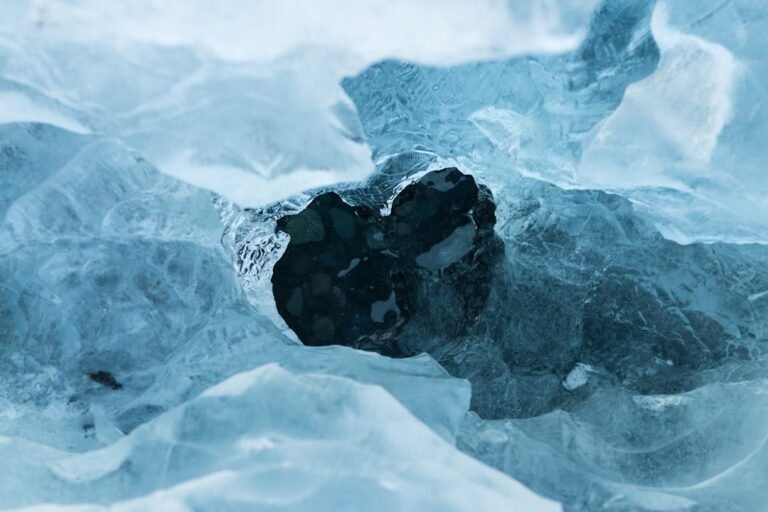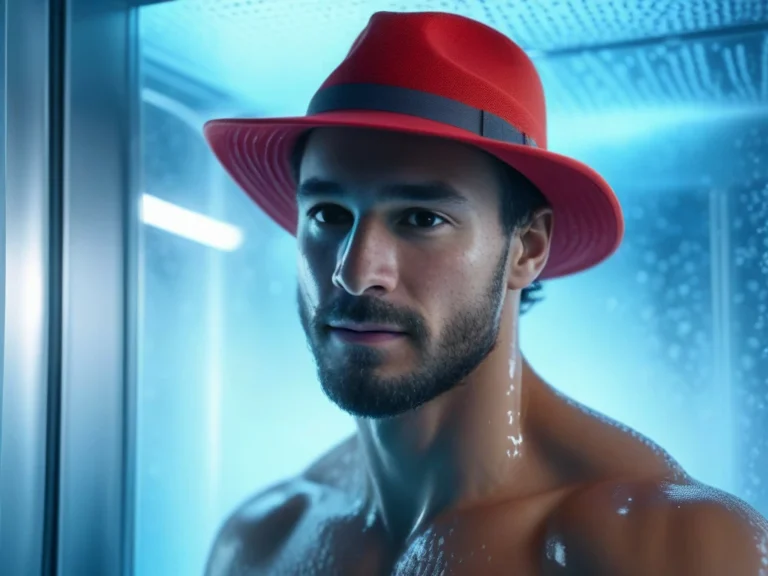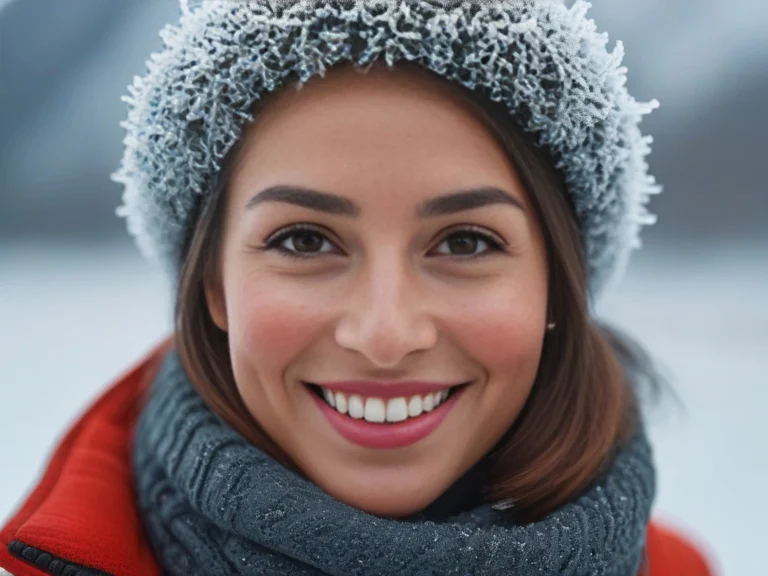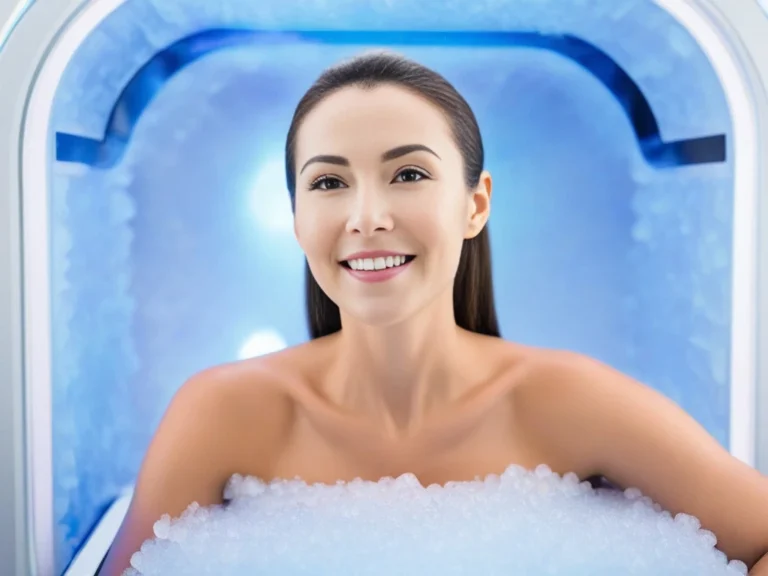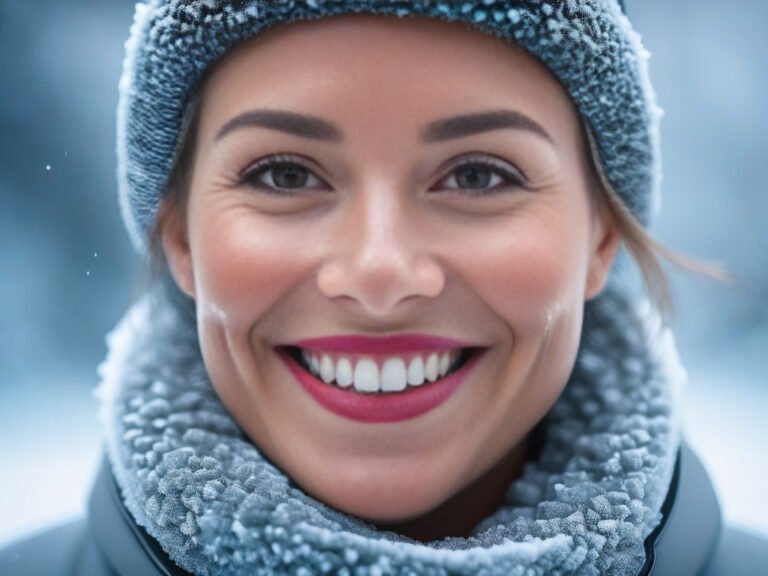Understanding Cryotherapy Vocabulary: A Guide for London Newcomers

Cryotherapy is a therapeutic treatment that involves exposing the body to extremely cold temperatures for a short period. The word “cryotherapy” comes from the Greek words “cryo” meaning cold, and “therapy” meaning treatment. This treatment has been used for centuries, with its origins dating back to ancient civilizations such as the Egyptians and Greeks.
The concept behind cryotherapy is based on the idea that extreme cold can have numerous health benefits. When the body is exposed to cold temperatures, it triggers a response in the nervous system and circulatory systems, causing blood vessels to constrict and then dilate. This process is believed to stimulate the body’s natural healing mechanisms and promote overall well-being.
SUMMARY
- Cryotherapy is a treatment that involves exposing the body to extreme cold temperatures for a short period.
- Cryotherapy equipment can range from chambers to cryo-saunas, and the type of equipment used will depend on the specific treatment being performed.
- There are three main types of cryotherapy techniques: whole body, localised, and partial.
- Cryotherapy has a range of benefits, including pain relief and improved athletic performance.
- While cryotherapy is generally considered safe, there are some risks associated with the treatment, and it’s important to be aware of these before trying it.
Understanding Cryotherapy Equipment: From Chambers to Cryosaunas
There are several types of cryotherapy equipment available, but the two most common are cryotherapy chambers and cryo-saunas. Cryotherapy chambers are large, walk-in chambers that expose the entire body to cold temperatures. Cryosaunas, on the other hand, are smaller, enclosed units that only expose the head and neck area.
The main difference between cryotherapy chambers and cryo-saunas is the level of exposure. In a cryotherapy chamber, the entire body is exposed to cold temperatures, while in a cryo-sauna, only specific areas are targeted. The choice between the two depends on individual preferences and needs.
When choosing cryotherapy equipment, it is important to consider factors such as safety features, temperature control, and ease of use. It is also important to choose equipment that is certified and meets industry standards.
Cryotherapy Techniques: Whole Body, Localised and Partial
There are three main techniques of cryotherapy: whole-body cryotherapy, localised cryotherapy, and partial cryotherapy.
Whole-body cryotherapy involves exposing the entire body to cold temperatures for a short time, typically around 2-3 minutes. This technique is believed to have numerous health benefits, including pain relief, reduced inflammation, improved circulation, and increased energy levels.
Localised cryotherapy is a targeted approach that focuses on specific areas of the body. This technique involves using a cryotherapy wand or probes to apply cold temperatures directly to the affected area. Localised cryotherapy is often used for pain relief and to reduce inflammation in specific areas such as joints or muscles.
Partial cryotherapy is similar to localised cryotherapy, but it involves exposing larger areas of the body to cold temperatures. This technique is often used for sports injuries or post-workout recovery, as it can help reduce muscle soreness and promote faster healing.
Cryotherapy Benefits: From Pain Relief to Improved Athletic Performance
One of the main benefits of cryotherapy is pain relief. The cold temperatures help numb the nerves and reduce inflammation, which can provide temporary relief from chronic pain conditions such as arthritis or fibromyalgia.
Cryotherapy has also been shown to be effective in reducing muscle soreness and speeding up recovery after intense physical activity.
In addition to pain relief, cryotherapy has been found to improve athletic performance. The cold temperatures help increase blood flow and oxygen delivery to the muscles, which can enhance endurance and speed up recovery time. Many professional athletes use cryotherapy as part of their training regimen to improve performance and prevent injuries.
Other benefits of cryotherapy include improved skin health, increased metabolism, and enhanced mood. Cold temperatures can stimulate collagen production, which can improve the appearance of the skin and reduce signs of ageing.
Cryotherapy has also been found to boost metabolism and increase calorie burn, making it a popular treatment for weight loss.
Finally, the release of endorphins during cryotherapy can improve mood and reduce symptoms of depression and anxiety.
Cryotherapy Risks: What You Need to Know Before Trying It
While cryotherapy is generally considered safe, there are some potential risks and side effects that you should be aware of before trying it.
The most common side effect is skin irritation or burns, which can occur if the skin is not properly protected during the treatment. It is important to follow the instructions provided by the cryotherapy technician and wear protective clothing, such as gloves and socks, to minimize the risk of skin damage.
Another potential risk of cryotherapy is cold-related injuries, such as frostbite or hypothermia. These risks are rare, but they can occur if the body is exposed to extremely cold temperatures for too long. It is important to choose a reputable cryotherapy facility that follows safety protocols and monitors the temperature during the treatment.
- Certain individuals should avoid cryotherapy, including those with certain medical conditions such as Raynaud’s disease, cold allergies, or heart conditions.
- Pregnant women and children should also avoid cryotherapy.
If you have any underlying health conditions or concerns, it is important to consult with your healthcare provider before trying cryotherapy.
Cryotherapy Preparations: How to Get Ready for Your Session
Before your cryotherapy session, there are a few things you can do to prepare your body and ensure a safe and effective treatment.
- First, it is important to wear appropriate clothing for the treatment.
- Most cryotherapy facilities provide gloves, socks, and slippers to protect your extremities from the cold temperatures.
- It is also recommended to wear loose-fitting clothing that allows for easy movement.
In addition to clothing, it is important to prepare your body for cryotherapy by staying hydrated and avoiding caffeine or alcohol before the treatment. Hydration is important because cold temperatures can cause dehydration. It is also recommended to eat a light meal or snack before your session to maintain energy levels.
Before your session, the cryotherapy technician will provide you with pre-session instructions. These may include removing any jewellery or metal objects, as they can become extremely cold and cause discomfort. The technician will also explain the process and answer any questions you may have.
Cryotherapy Session: What to Expect During the Treatment
During a cryotherapy session, you will be exposed to extremely cold temperatures for a short period. The exact temperature and duration of the treatment will depend on the type of cryotherapy equipment used and your individual needs.
In a whole-body cryotherapy session, you will enter a cryotherapy chamber or cryo sauna and be surrounded by cold nitrogen gas. The temperature inside the chamber can range from -100°C to -150°C. You will typically wear minimal clothing, such as underwear or a bathing suit, to allow for maximum exposure to the cold temperatures.
The session usually lasts around 2-3 minutes, although some individuals may prefer shorter sessions. During the treatment, you may experience sensations such as tingling, numbness, or a slight burning sensation. These sensations are normal and should subside once the treatment is over.
Cryotherapy Aftercare: How to Care for Your Body Post-Treatment
After your cryotherapy session, it is important to follow post-session instructions to ensure proper recovery and maximize the benefits of the treatment. The cryotherapy technician will provide you with specific instructions based on your individual needs, but there are some general guidelines to follow.
First, it is important to warm up your body gradually after the treatment. This can be done by moving around and doing light exercises or stretches. It is also recommended to drink plenty of fluids to rehydrate your body and replenish electrolytes.
In terms of skincare, it is important to moisturize your skin after cryotherapy to prevent dryness and irritation. You can use a gentle moisturizer or lotion to hydrate your skin and soothe any redness or inflammation.
It is also important to avoid hot showers or baths immediately after cryotherapy, as this can cause a sudden temperature change and potentially lead to blood vessel dilation. Instead, opt for a lukewarm shower or bath to gradually warm up your body.
Cryotherapy Cost: How Much Does it Cost and Is it Worth It?
The cost of cryotherapy can vary depending on several factors, including the location, type of equipment used, and the duration of the session. On average, a single cryotherapy session can cost anywhere from £50 to £100. Some facilities offer package deals or memberships that can help reduce the cost per session.
It is important to keep in mind that cryotherapy is not typically covered by insurance, as it is considered an elective treatment. However, some healthcare providers may offer coverage for certain medical conditions or if cryotherapy is recommended by a healthcare professional.
Whether or not cryotherapy is worth the cost depends on individual preferences and needs. If you are seeking pain relief, improved athletic performance, or other specific benefits that cryotherapy can provide, it may be worth the investment. However, it is important to consider your budget and weigh the potential benefits against the cost.
Cryotherapy Locations in London: Where to Find Cryotherapy Services in the City
If you are interested in trying cryotherapy in London, several locations offer this service. Here are some popular cryotherapy facilities in the city:
1. London Cryo: Located in the heart of London, London Cryo offers full- body cryotherapy sessions using state-of-the-art equipment. They also offer localised cryotherapy and other wellness services.
2. The London Cryo Clinic: This clinic offers whole-body cryotherapy sessions as well as localised cryotherapy for targeted areas. They also provide additional services such as infrared sauna and compression therapy.
3. The Third Space: This luxury fitness club in London offers whole-body cryotherapy sessions as part of its recovery and wellness services. They also have a team of trained professionals who can provide guidance and support during your cryotherapy session.
When choosing a cryotherapy location, it is important to consider factors such as the reputation of the facility, the qualifications of the staff, and the overall experience. It is also recommended to read reviews and testimonials from previous clients to get an idea of the quality of service provided.
Do you need more reasons to try cryotherapy? Click here!
Conclusion
In conclusion, cryotherapy is a therapeutic treatment that involves exposing the body to extremely cold temperatures for a short period. It has been used for centuries and is believed to have numerous health benefits, including pain relief, improved athletic performance, and enhanced overall well-being.
There are different types of cryotherapy equipment available, including cryotherapy chambers and cryo-saunas, and the choice depends on individual preferences and needs.
While cryotherapy is generally considered safe, there are some potential risks and side effects that should be taken into consideration. It is important to follow pre-session and post-session instructions to ensure a safe and effective treatment.
The cost of cryotherapy can vary depending on several factors, but it is important to weigh the potential benefits against the cost before making a decision.
Is There Any Scientific Research on Cryotherapy?
Yes, plenty. CLICK HERE for a vast list of scientific resources related to cryotherapy.

